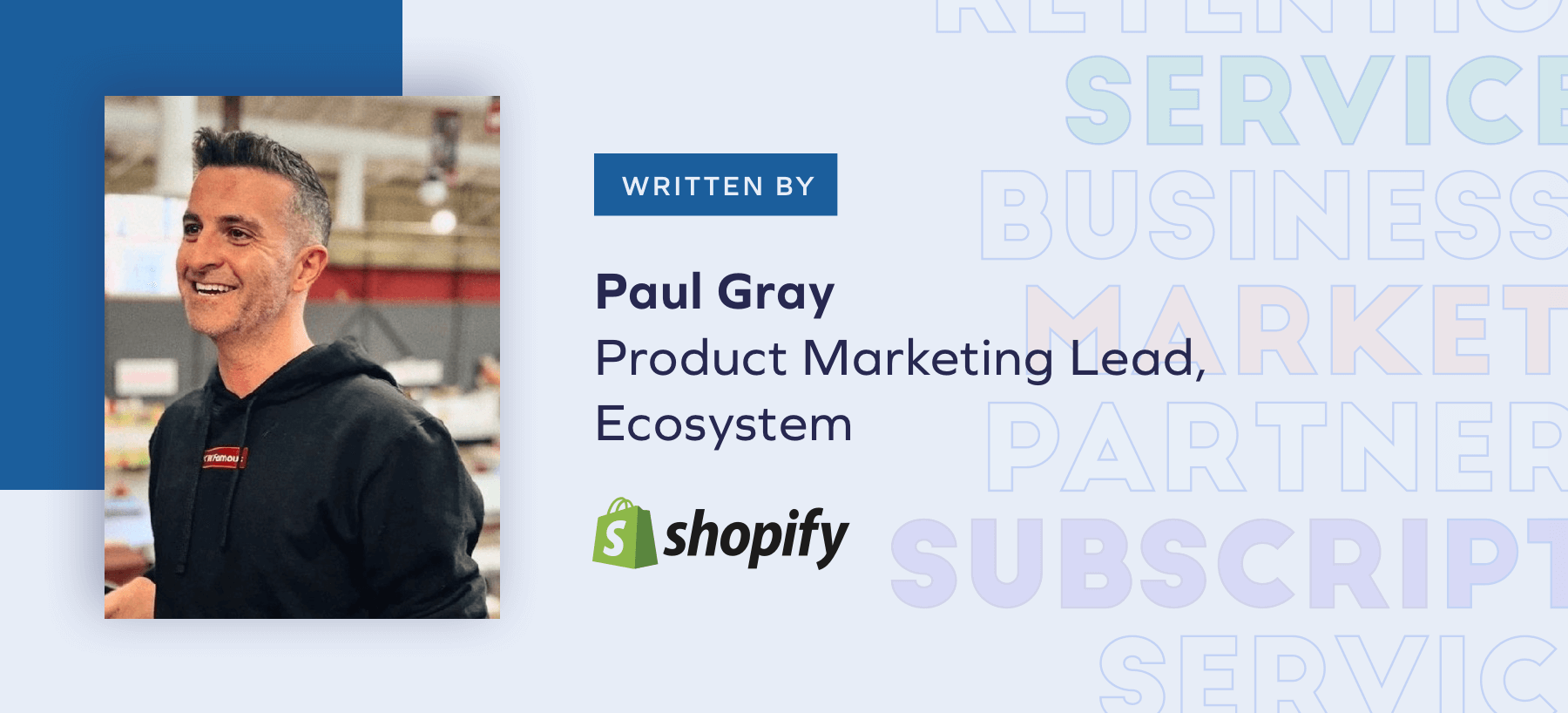Here at Yotpo, we recently launched Yotpo Subscriptions for Shopify brands, an easy-to-use solution that enables our brands to understand and engage their repeat customers and nurture those customers into loyal subscribers.
As we were developing our subscription product there were a few key features we knew customers would be looking for. Our goal is to help brands not only create a subscription offering but to easily manage subscribers on a day-to-day basis. Here’s what we knew our customers were looking for in a subscriptions partner:
1. Ease of use without disruption to your current business
As we stated before, adding a subscription service to your eCommerce business should add value; it shouldn’t be a complete overhaul of your current business. When the solution is easy and aligns with your current business model, you have the opportunity to grow your subscription service at your own pace and manipulate it without disrupting your current operations.
You want a service that will help your brand seize growth opportunities with minimal friction to your current sales process. When we created our subscriptions product, having a frictionless experience was top of mind. We made it possible to launch a subscription on your Shopify store in under 8 minutes with our self-guided onboarding steps.
2. Allow subscribers to suspend, renew, and modify subscriptions
Since customer service is critical to the success of a subscription service, giving customers flexibility with their subscriptions is important. We realize this may sound like a contradiction, but making it easy for customers to adjust their subscriptions — and even suspend them — can help keep them subscribed for longer.
Getting customers to subscribe can be a hard sell if the commitment doesn’t provide off-ramps. McKinsey & Co. found that only 55% of people who knew of a subscription service converted. They suggested that free trials and more flexibility could help increase the rate of subscribers.
Yotpo Subscriptions enables customers to self-manage their subscriptions. Your customers can easily re-schedule, skip, and adjust their plans as they need.
3. Supportive and approachable pricing
When you’re looking to partner with a subscription software provider, another thing to consider is their pricing model and what kind of support you’ll get out of the partnership. Many platforms charge a monthly platform fee plus a 1% to 2% processing/transaction fee on all subscription orders.
For platforms offering a free version and a paid version, bear in mind that the free versions typically come with little to no customer support and consist of the most basic features. As you approach this decision-making stage be sure you’ve outlined your company’s needs so that you can make the best match possible.
Yotpo Subscriptions takes a growth-centric approach. Pricing is designed so that you can leave the subscription app running in the background at no cost to you until you’ve reached over $500 in monthly subscriptions. That means absolutely no monthly fees and you are only billed at 1% of the subscription income over $500. Yotpo also offers 24/7 support no matter your subscription standing, so you’ll get the same support even if you’re not paying anything.
4. Integrates seamlessly with your brand and the tools you already have in place
One of the benefits of already having an eCommerce business is that you probably already have platforms for many of the systems you need. You’ll want to make sure that your subscription service has adopted the latest Shopify technologies, so you can collect payments from subscribers on a recurring basis.
You’ll also want to make sure that the subscription platform you use merges smoothly with the current loyalty, referrals, reviews, visual UGC, SMS, and social media in your tech stack. These tools are more important than ever in a subscription-based business, as word-of-mouth and great online reviews are what convert new customers.
5. Offers a variety of supplementary services
You don’t want a subscription software partner that leaves you in the weeds to figure this new platform out for yourself. Make sure that the program you use offers tips and tricks every step of the way. Your software partner should have dynamic tools that can support your special circumstances. Finally, it should have scaling recommendations based on your analytics.
6. Tracks your KPIs
You will want a software platform that tracks all the key data to make sure your subscription-based eCommerce business is thriving. It should track both quantitative data — such as monthly recurring revenue, customer acquisition cost and recovery time, CLTV, and churn rate — and qualitative data. Working with your referrals and reviews platforms should allow you to cater to individuals in a more targeted and efficient manner — especially if you’re using the curation model. And it should be able to use this qualitative data to correlate the customer experience to the calculated metrics.
7. Has a strong reputation
Finally, you’ll want to work with a company that has a track record for best-in-class software programs. The subscription-based eCommerce sector is still growing and changing, so you’ll want to work with a company that will evolve with the industry.





















 Join a free demo, personalized to fit your needs
Join a free demo, personalized to fit your needs